
Post by : Amit
Mounting Pressure in the EV Age
As the global auto industry transitions to electric vehicles (EVs), the ripple effects are being felt far beyond major carmakers. Across Germany and Japan—two of the world’s most influential automotive supply hubs—small and mid-sized automotive suppliers are encountering acute margin pressures. The cause? A squeeze driven by soaring EV component costs, particularly batteries, and a wave of cost-cutting demands from original equipment manufacturers (OEMs).
While OEMs like Toyota, Volkswagen, and BMW scramble to keep EVs cost-competitive, the burden is increasingly being offloaded onto Tier 2 and Tier 3 suppliers. Industry experts are now warning of a looming “profitability cliff,” especially for suppliers that lack capital to invest in digital transformation or sustainable manufacturing.
Margins Under Siege
The shift from internal combustion engine (ICE) vehicles to electric powertrains has fundamentally altered the economics of automotive production. EV batteries now account for 30% to 40% of total vehicle costs. To maintain profitability, OEMs are pressing suppliers for double-digit cost reductions, according to new reports from the German Association of the Automotive Industry (VDA) and Japan Auto Parts Industries Association (JAPIA).
Tier 1 suppliers like Bosch, Denso, and Magna are actively renegotiating contracts and working with OEMs to share risks. But the smaller firms further down the value chain—those producing specialized mechanical fasteners, polymer seals, wiring harnesses, and smaller electronic modules—have less leverage and fewer resources. Many of these companies operate on already razor-thin margins.
“The economics of the supply chain are being rewritten,” said Akira Yamamoto, a senior analyst at Nomura Automotive Intelligence. “OEMs want cost-downs every quarter, but the cost of inputs and energy has gone up. Something has to give.”
The Investment Gap Widens
Automation, AI, digital twins, and circular manufacturing are no longer optional; they are rapidly becoming prerequisites to survive in the next phase of automotive manufacturing. Yet investing in these advanced technologies remains a tall order for most Tier 2 and Tier 3 players.
According to a recent Deloitte study, only 18% of small auto suppliers in Japan and 22% in Germany have adopted advanced automation or predictive analytics at scale. The capital requirements, cybersecurity issues, and workforce training needs present major hurdles.
“Without digital tooling and process visibility, you can’t compete in EV-era production timelines,” said Ulrich Müller, a Berlin-based automotive consultant. “But for many SMEs, it’s like being told to upgrade to Industry 4.0 while drowning in legacy debt.”
OEM Demands Reshape Contract Models
To cope with the volatility, some Tier 1 suppliers are pushing back on traditional long-term contracts. Instead, they are shifting toward dynamic pricing models that account for raw material and energy cost fluctuations. Bosch, for instance, has begun embedding automatic indexation clauses into new supply agreements.
“This is part of a risk-sharing evolution,” said a senior executive at Magna. “Suppliers can’t shoulder the volatility of lithium prices, labor costs, and currency shifts alone.”
However, Tier 2 and Tier 3 suppliers rarely have the negotiation leverage to demand such clauses. Instead, they are being asked to sign contracts that lock them into fixed pricing while costs rise unpredictably. Many are finding themselves caught in a profitability vise.
Circular Manufacturing: A Lifeline or Pipe Dream?
One pathway that could help struggling suppliers is the adoption of circular manufacturing. Reusing and refurbishing components, reclaiming materials from end-of-life products, and building closed-loop production cycles are gaining traction in theory. In practice, however, implementation remains sparse.
In Japan, a few forward-thinking firms like Nitto Seiko and Takako Industries are experimenting with remanufacturing and advanced recycling. Meanwhile in Germany, government-backed initiatives are supporting pilot projects that collect and reuse EV battery casings and wiring harness materials.
Still, the economics remain tricky. “Circular models require collaboration across the value chain,” said Dr. Lars Behrens from the Fraunhofer Institute. “It’s not something a small supplier can execute alone.”
Geopolitics Add Further Strain
Compounding the crisis is the current wave of geopolitical instability and protectionist policies. The U.S. Inflation Reduction Act (IRA) has already prompted several OEMs to relocate part of their EV supply chains to North America. In response, Japanese and German suppliers are being pressured to open plants abroad or risk losing contracts.
For Tier 2 and 3 companies that have operated locally for decades, this poses a near-impossible challenge.
“We make specialized connectors for hybrid drive units,” said one frustrated supplier from Aichi Prefecture. “There’s no way we can suddenly set up shop in Georgia or Tennessee.”
Labor Shortages and the Skills Chasm
Even if financial and geographic hurdles were magically resolved, a shortage of skilled labor remains a key barrier. In both Japan and Germany, younger talent is gravitating toward software and tech firms rather than traditional manufacturing.
Older workers in these supply firms often lack the training to handle digital workflows. Upskilling programs are expensive and time-consuming—and there’s no guarantee of retention. Meanwhile, the clock keeps ticking on EV development timelines.
Who Will Survive the Crunch?
The consolidation wave is already underway. Analysts expect a 20% shakeout among small suppliers in the next three years if current conditions persist. Private equity firms and larger Tier 1s are beginning to acquire distressed suppliers, but this comes with trade-offs in supplier diversity and innovation capacity.
“Smaller firms are incredibly innovative and specialized,” noted Claudia Reiter, a supply chain researcher at the Technical University of Munich. “If they vanish, OEMs may find themselves with fewer options and greater exposure to single-source risk.”
Policy Interventions and Industry Coalitions
In recognition of the unfolding crisis, both the German and Japanese governments have unveiled targeted funding for SMEs in the auto sector. In Germany, the "Auto 2030" initiative includes €500 million in grants and low-interest loans to help suppliers digitalize and decarbonize. Japan has launched a similar ¥100 billion stimulus aimed at energy-efficient factory upgrades.
OEMs are also getting involved. Toyota’s "Supplier Sustainability Program" now offers shared training, joint R&D, and access to digital tools for smaller partners. Volkswagen and Bosch are piloting joint procurement models to give small suppliers access to better raw material pricing.
An Industry at a Crossroads
The EV revolution, for all its climate and innovation promises, has revealed structural weaknesses in the automotive supply chain. While OEMs and Tier 1s may have the financial firepower to navigate the transition, Tier 2 and Tier 3 suppliers remain dangerously exposed.
Without immediate investment in technology, training, and collaborative frameworks, many risk being left behind. But with smart policy support and more equitable risk-sharing, the transformation could uplift the entire ecosystem.
The next 18 to 24 months will be pivotal. For some suppliers, it may mean the end of the road. For others, it could be the start of a more resilient, digitally empowered future.
Deloitte, Germany, Japan, Electric Vehicle

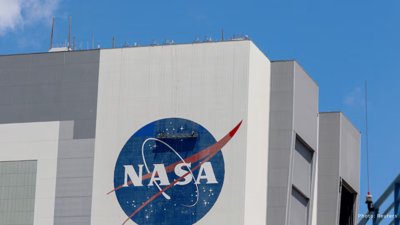


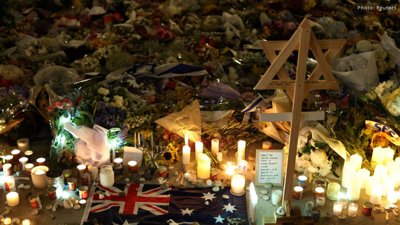
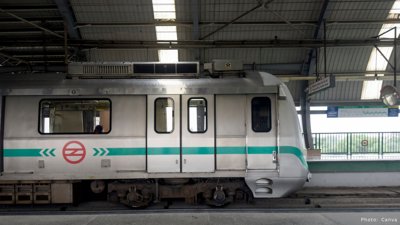

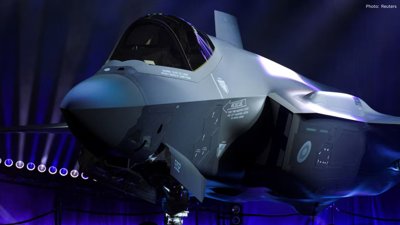

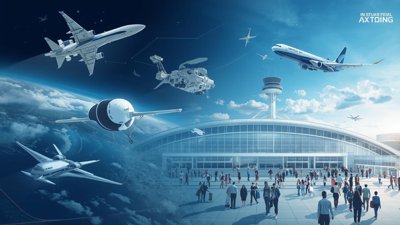
Advances in Aerospace Technology and Commercial Aviation Recovery
Insights into breakthrough aerospace technologies and commercial aviation’s recovery amid 2025 chall

Defense Modernization and Strategic Spending Trends
Explore key trends in global defense modernization and strategic military spending shaping 2025 secu
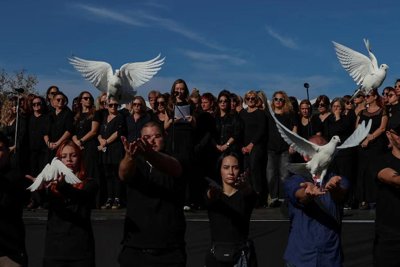
Tens of Thousands Protest in Serbia on Anniversary of Deadly Roof Collapse
Tens of thousands in Novi Sad mark a year since a deadly station roof collapse that killed 16, prote

Canada PM Carney Apologizes to Trump Over Controversial Reagan Anti-Tariff Ad
Canadian PM Mark Carney apologized to President Trump over an Ontario anti-tariff ad quoting Reagan,

The ad that stirred a hornets nest, and made Canadian PM Carney say sorry to Trump
Canadian PM Mark Carney apologizes to US President Trump after a tariff-related ad causes diplomatic
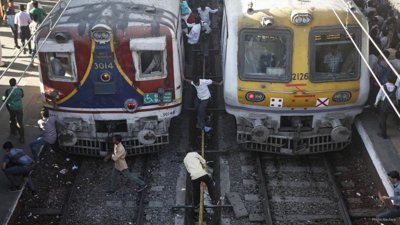
Bengaluru-Mumbai Superfast Train Approved After 30-Year Wait
Railways approves new superfast train connecting Bengaluru and Mumbai, ending a 30-year demand, easi